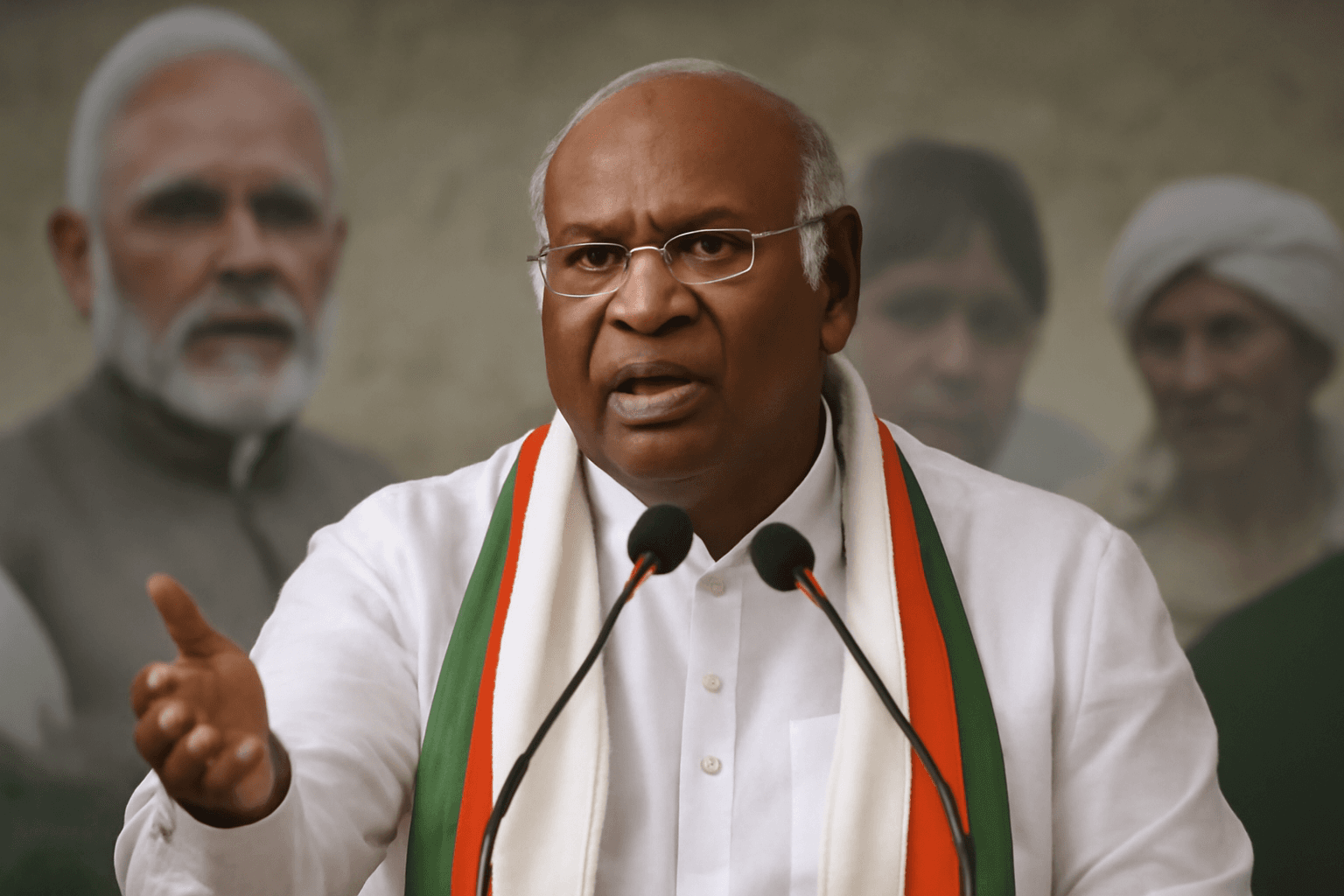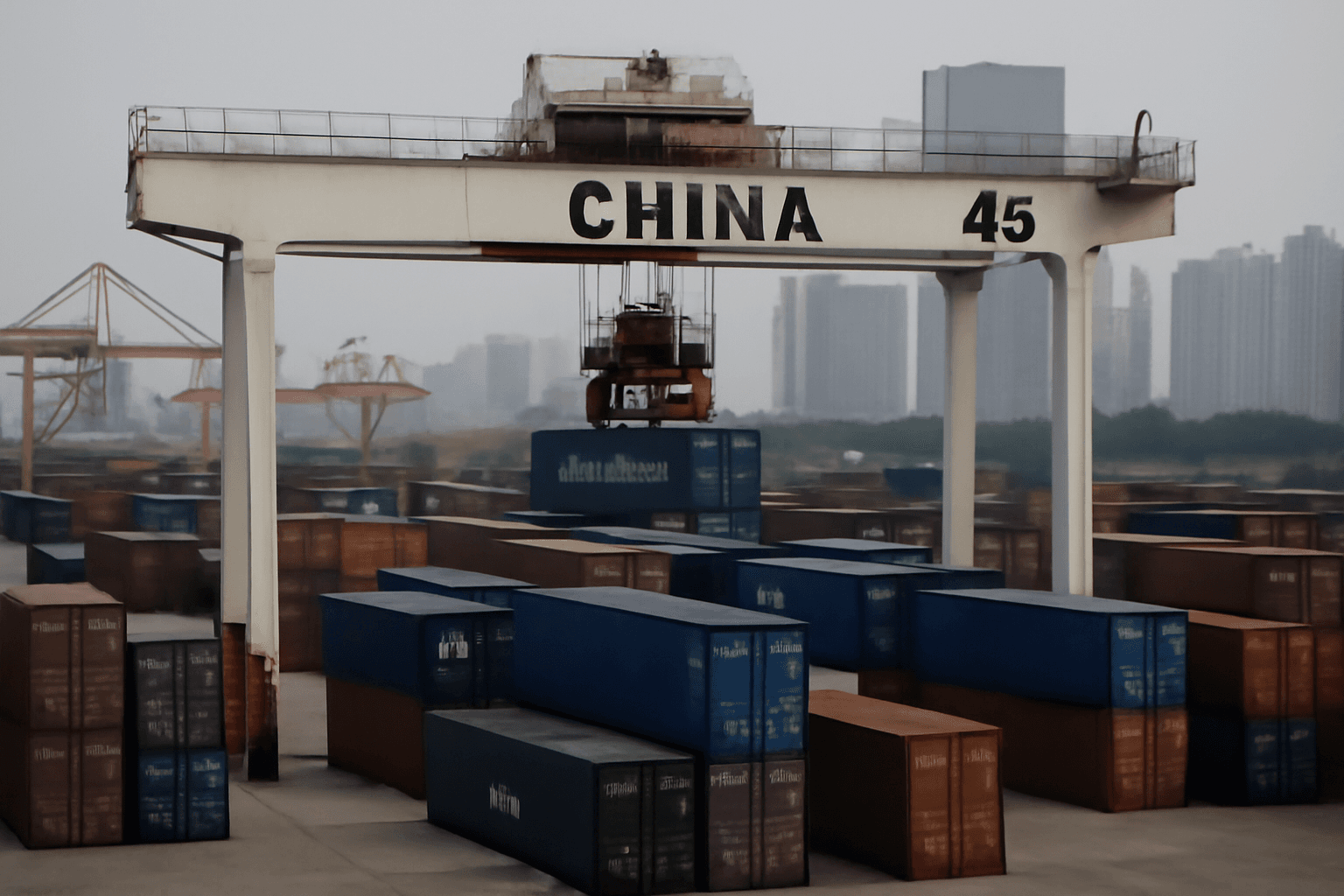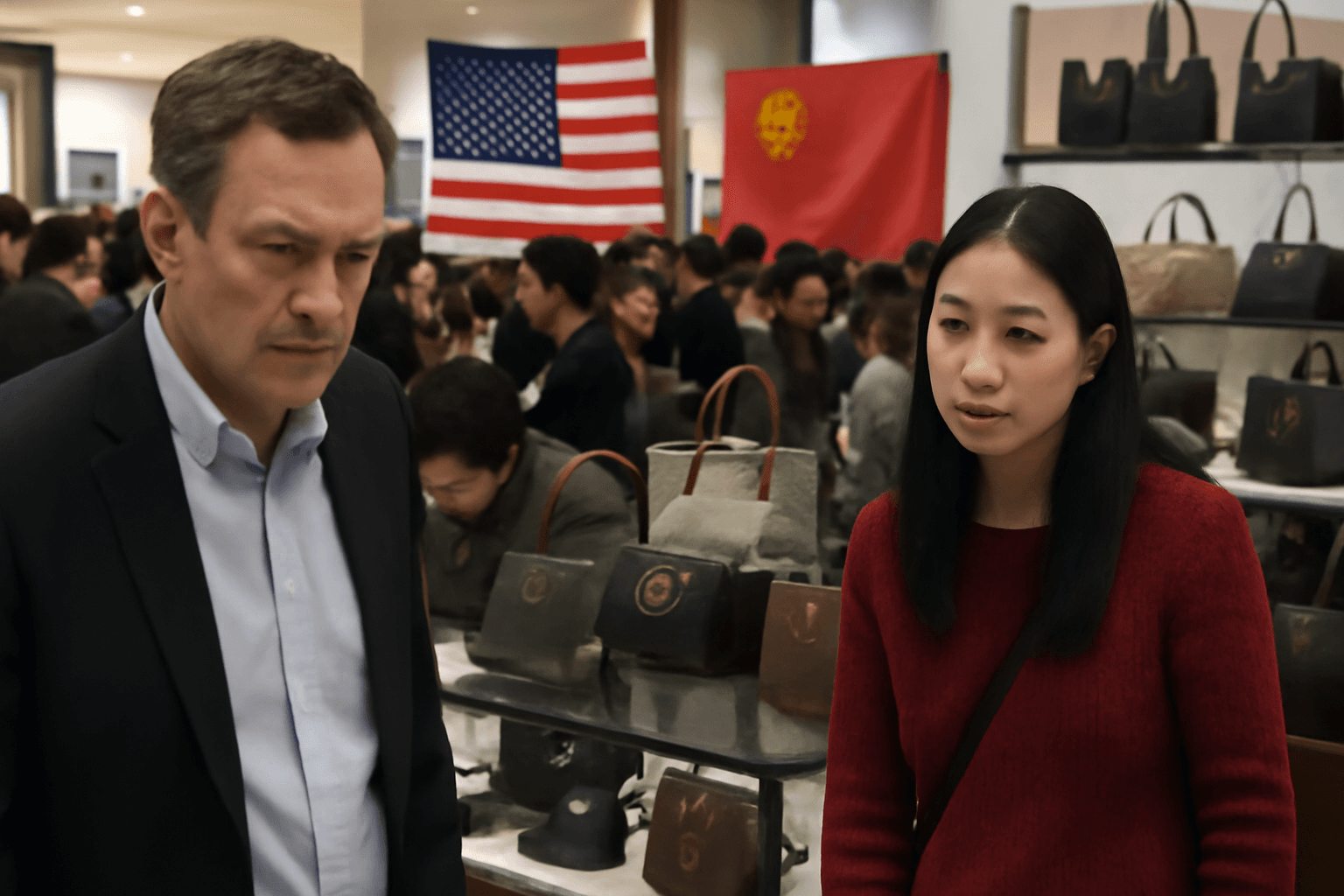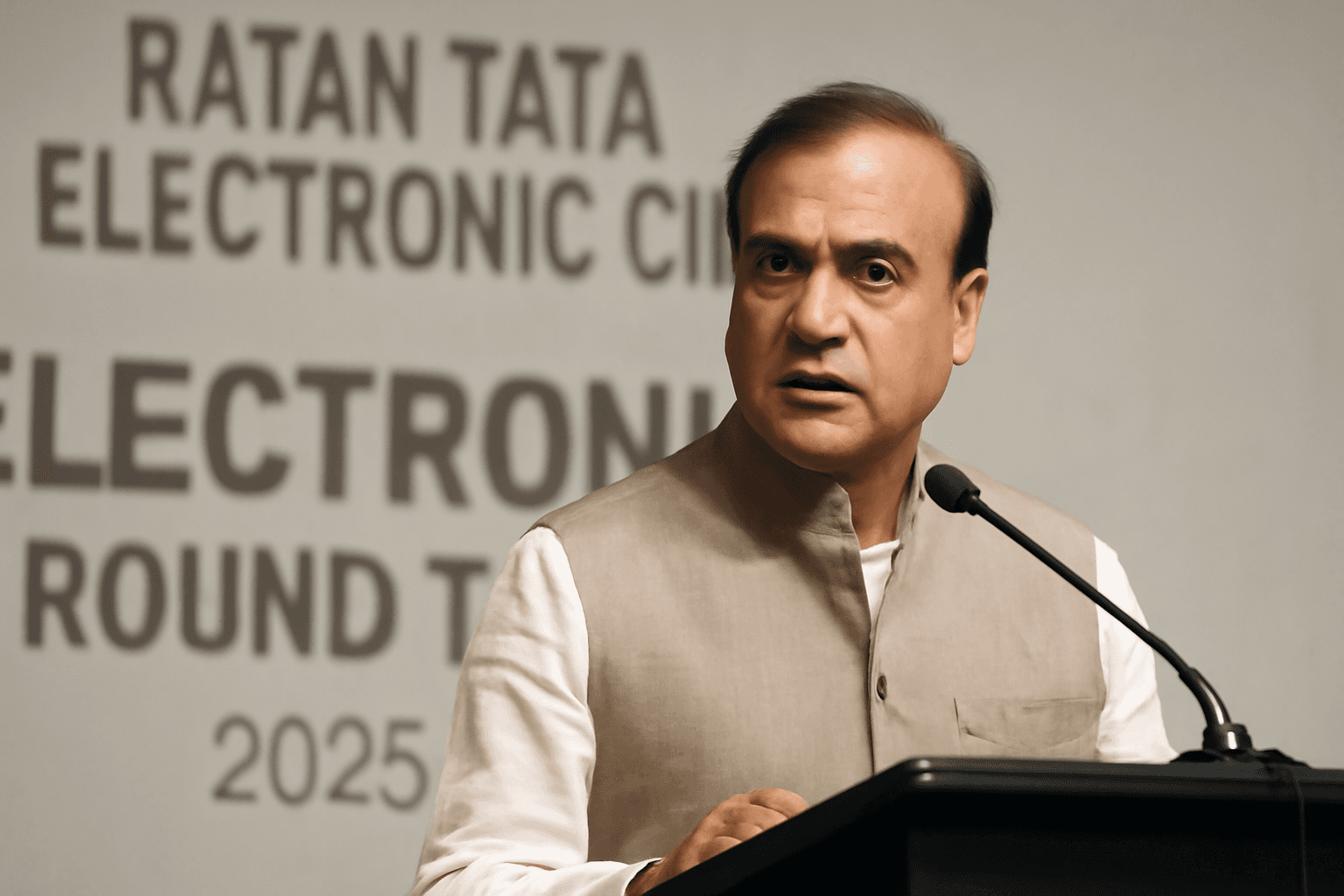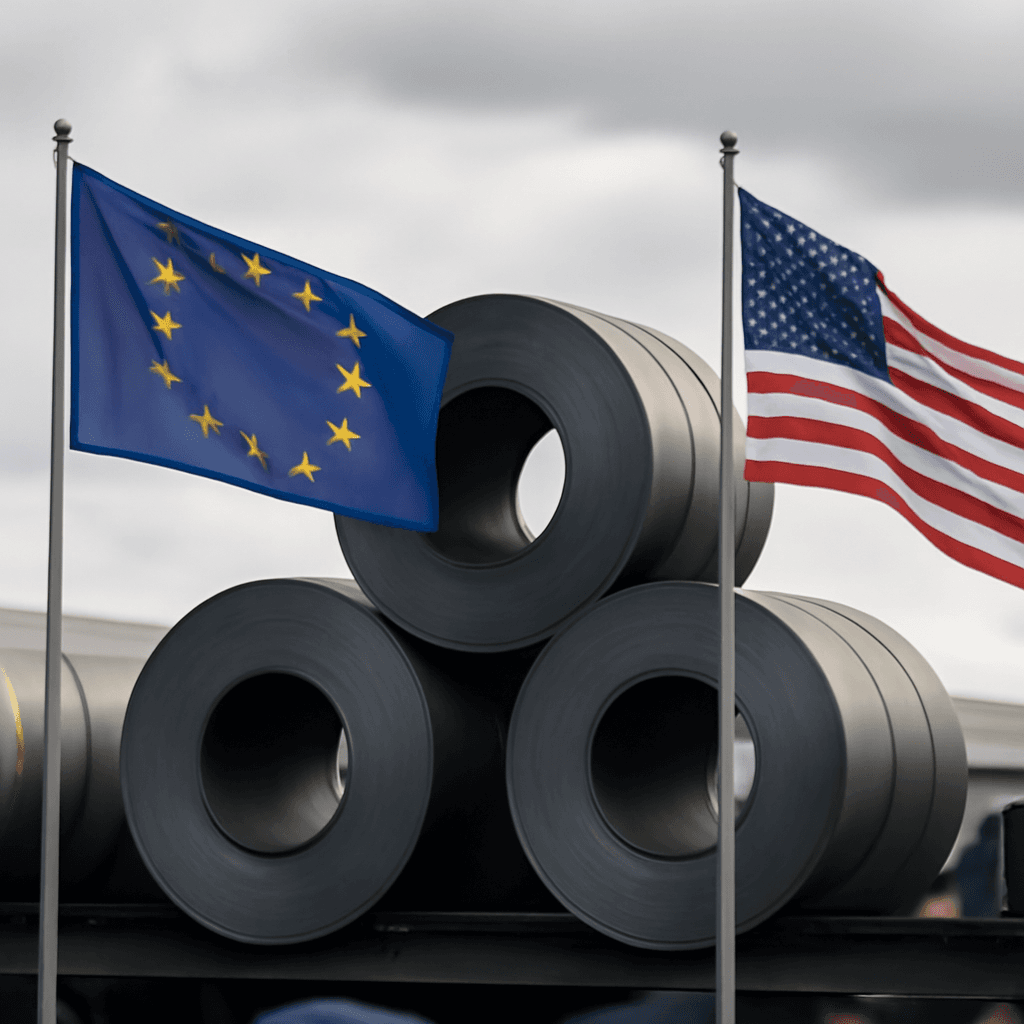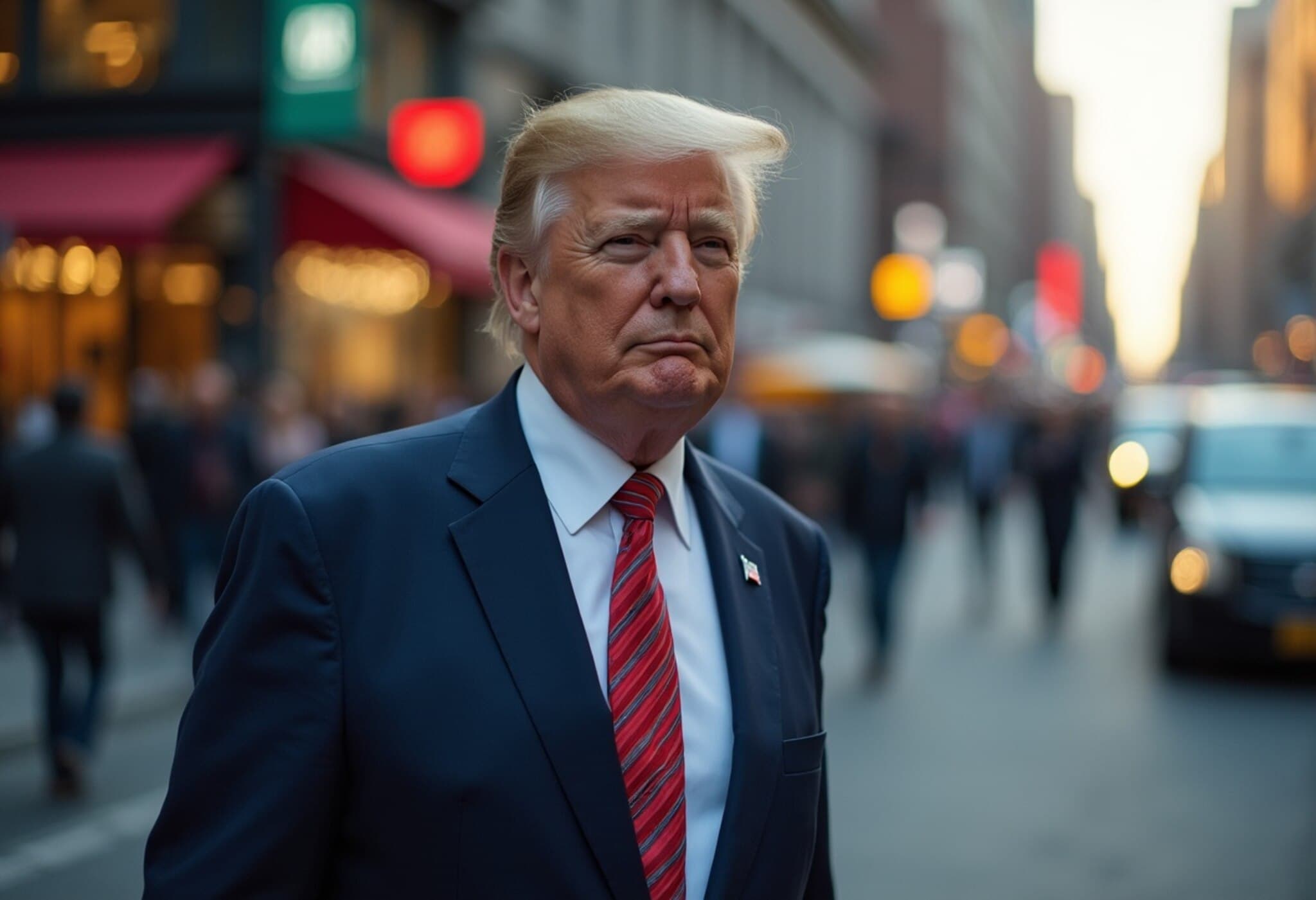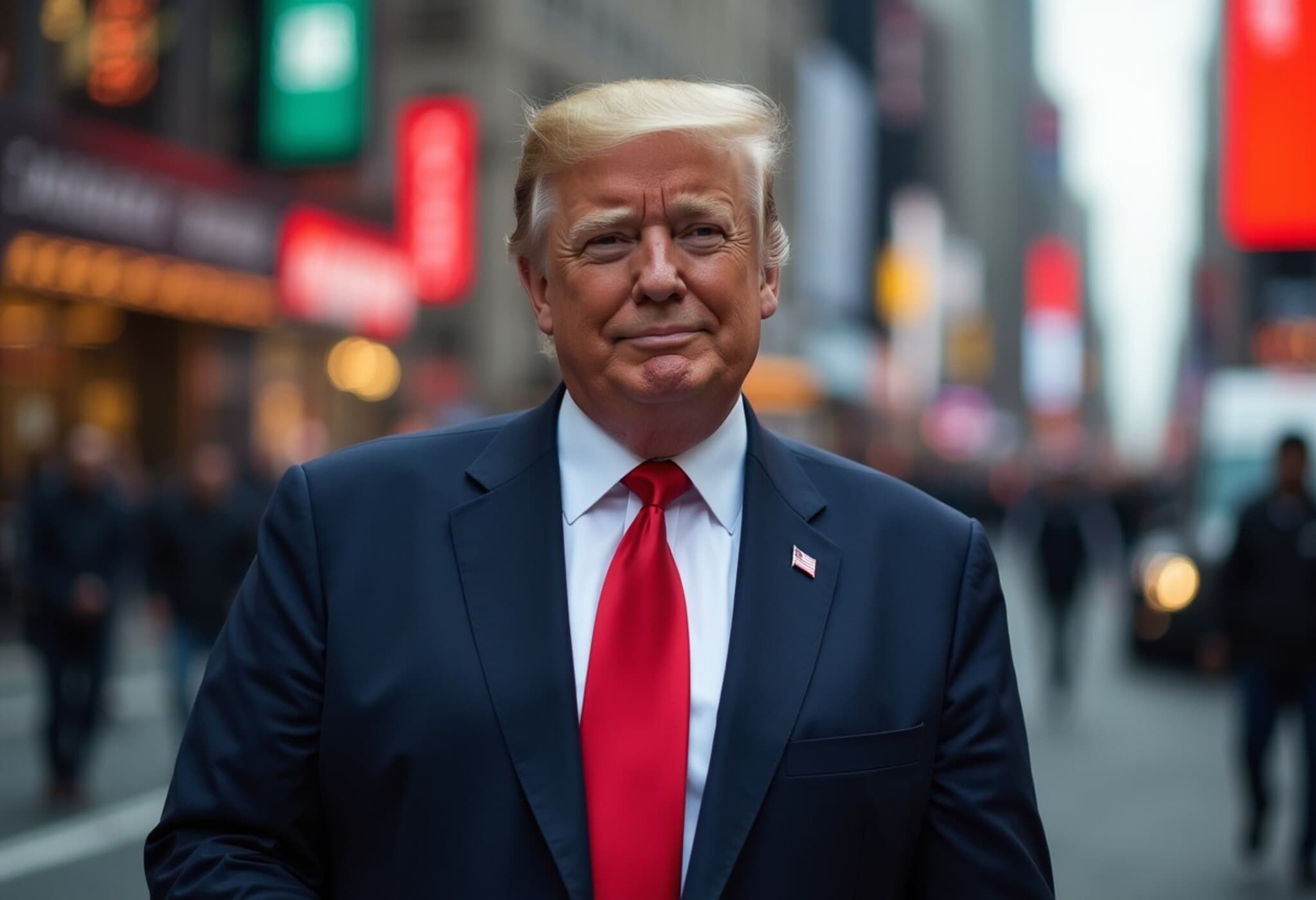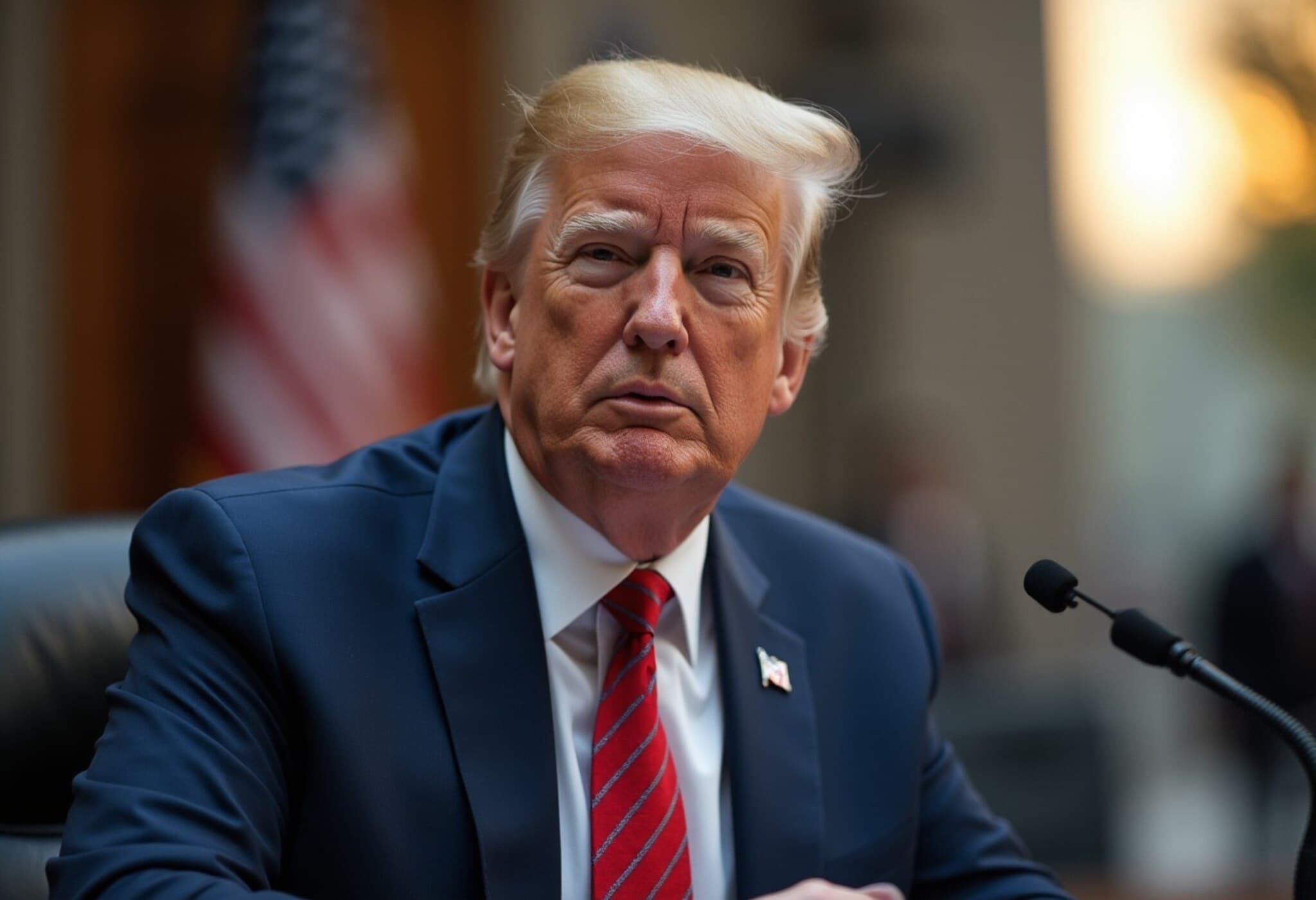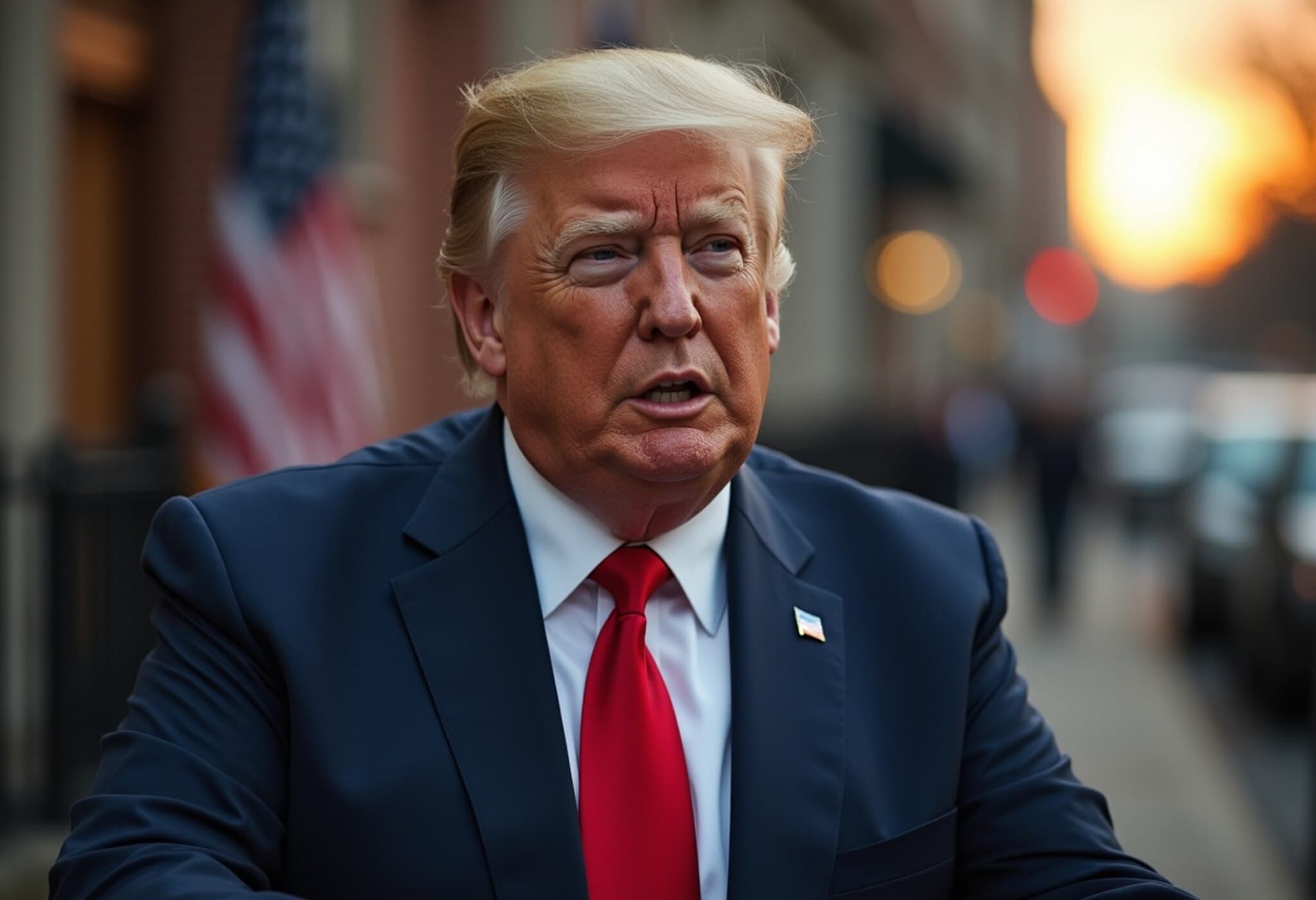US Producer Prices Accelerate Sharply in July, Highlighting Tariff Impact
The latest data from the US Department of Labor reveals a notable uptick in producer price inflation, with the Producer Price Index (PPI) climbing by 0.9% in July. This marks the fastest monthly advance since 2022 and significantly exceeds economists’ expectations of a 0.2% rise. On an annual basis, the PPI surged to 3.3%, signaling increased cost pressures within the supply chain.
Services Drive the Inflation Surge
More than three-quarters of the increase stemmed from the services sector, which experienced a 1.1% price jump — its most pronounced rise since March 2022. Trade services, including wholesale and retail margins, were particularly influential, underscoring how supply chain uncertainties and trade disruptions continue to ripple through the economy.
Goods Prices Also Climb Amid Tariff Effects
Goods prices rose 0.7%, with about 40% of this increase attributable to food prices. Notably, metals such as steel and aluminum—subject to steep 50% import tariffs—have recorded significant price escalations in recent months. These tariff-induced cost hikes are presenting a challenge for producers as they manage squeezed profit margins.
Tariffs Push Production Costs Higher: An Economic Perspective
Economists and market analysts see the data as further evidence that the Trump administration’s tariff policies are increasingly boosting input costs for US businesses. Ben Ayers, senior economist at Nationwide, emphasizes that while many companies have absorbed most tariff-related cost increases so far, rising import expenses are compressing margins, potentially setting the stage for downstream inflation affecting consumers.
The economic tension around tariffs also complicates the Federal Reserve’s policy outlook. Investors unsettled by the unexpectedly strong PPI reading caused a dip in major US stock indices, reflecting growing uncertainty about whether persistent price pressures stemming from tariffs will delay the anticipated rate cuts.
Federal Reserve Faces Tough Trade-off
Fed officials remain divided on the long-term inflationary impact of trade tariffs. Some economists argue the effects might be transient, whereas others caution that sustained higher input costs could embed inflation more deeply into the US economy. July's data lends weight to concerns over the latter scenario, especially within sectors most exposed to duty-related cost increases.
What This Means for Businesses and Consumers
- Higher input costs: Businesses reliant on imported goods face mounting expenses, potentially leading to higher retail prices.
- Squeezed profit margins: Firms may absorb some costs temporarily but risk long-term profitability declines.
- Consumer price pressure: Elevated production costs could eventually translate into increased consumer inflation.
- Monetary policy uncertainty: The Fed’s response to persistent inflation may influence interest rates, impacting loans, mortgages, and overall economic growth.
Editor’s Note
July’s sharp spike in producer prices signals a growing economic undercurrent: tariffs, implemented as a tool for trade negotiation, are exerting tangible pressure on the US production ecosystem. While protective in intent, these levies may be fueling inflationary cycles by escalating costs borne by businesses and, ultimately, consumers. Policymakers face a delicate balancing act—pursuing trade objectives without derailing domestic price stability.
Key questions remain: How long will these tariff-induced price pressures persist? Can businesses adapt without passing costs on to consumers? And how will the Federal Reserve calibrate monetary policy amid these new inflationary signals? These issues will shape the trajectory of the US economy in the coming months, making close monitoring essential for stakeholders across sectors.
As this story evolves, investors, consumers, and policymakers alike must grapple with the complex interplay between trade policy, inflation, and economic growth.




